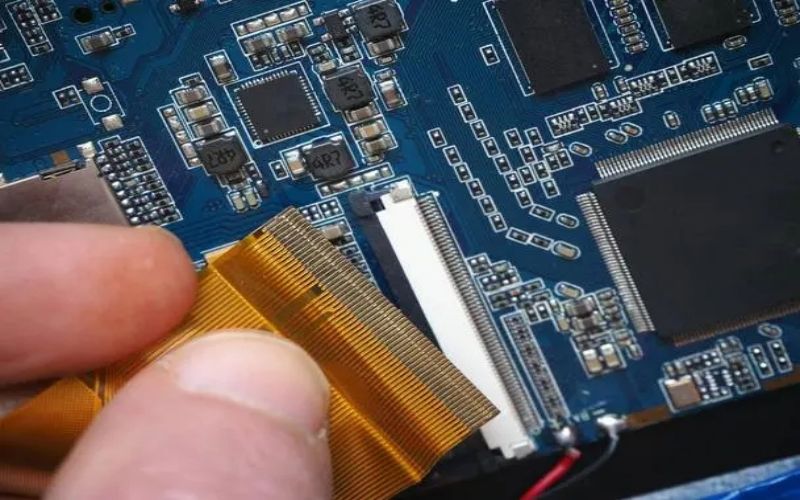Unveiling the Essence of PCB Boards: Pioneering Connectivity in Electronics
In the intricate world of electronics, where seamless connectivity and precision are paramount, PCB boards emerge as the unsung heroes, redefining the landscape of circuitry solutions. What sets PCB boards apart from alternative approaches, and why have they become the cornerstone of modern electronic design? Let's delve into the distinctive features that make PCB boards the preferred choice for engineers and innovators alike.

The Genesis of PCB Boards:
Printed Circuit Boards, commonly known as PCB boards, revolutionized the way electronic circuits are constructed. Unlike traditional point-to-point wiring or breadboarding, PCBs introduce a methodical approach to circuit design and assembly. These boards consist of a flat, non-conductive substrate, typically made of fiberglass or composite materials, with conductive pathways etched onto their surface.
The Hallmarks of PCB Boards:
1.Efficiency in Interconnection:
PCB boards offer a systematic and efficient means of interconnecting electronic components. The conductive pathways, often made of copper, create a network that facilitates the flow of electricity between components, ensuring a reliable and structured connection.
2.Compact Design and Space Utilization:
PCBs excel in space utilization, allowing for the creation of compact and intricately designed circuits. The flat, layered structure enables engineers to maximize component placement, crucial for the miniaturization demands of modern electronic devices.
3.Enhanced Reliability:
The design of PCB boards enhances the reliability of electronic systems. With predefined pathways, the risk of loose connections or point-to-point wiring issues is significantly reduced. This, in turn, contributes to the overall stability and longevity of electronic devices.
4.Facilitates Complex Circuits:
PCBs are well-suited for complex circuits with multiple components. The layered structure allows for the creation of intricate designs, with components mounted on both sides of the board. This versatility is especially crucial in modern electronics with advanced functionalities.
5.Streamlined Manufacturing Process:
PCBs streamline the manufacturing process by allowing for automated assembly. The conductive pathways are precisely etched onto the board during production, reducing the need for manual wiring. This not only accelerates the manufacturing timeline but also ensures consistency in mass production.
The Ubiquity of PCB Boards in Electronics:
PCB boards have become the backbone of electronic devices across various industries. From consumer electronics like smartphones and laptops to industrial applications and aerospace systems, the versatility of PCBs knows no bounds. Their adaptability to different circuit complexities and reliability in delivering consistent performance have solidified their status as the go-to solution in electronic design.
In the dynamic realm of electronics, where innovation is synonymous with connectivity, PCB boards stand as a testament to precision and efficiency. Their ability to facilitate intricate circuits, streamline manufacturing processes, and enhance the reliability of electronic systems distinguishes them as a pivotal component in modern electronic design. As technology continues to evolve, PCB boards remain at the forefront, shaping the future of connectivity in the electronic landscape.
Send PCB Files to Sales@ucreatepcba.com, We Will Quote You Very Soon!
Request PCB Manufacturing & Assemble Quote Now



